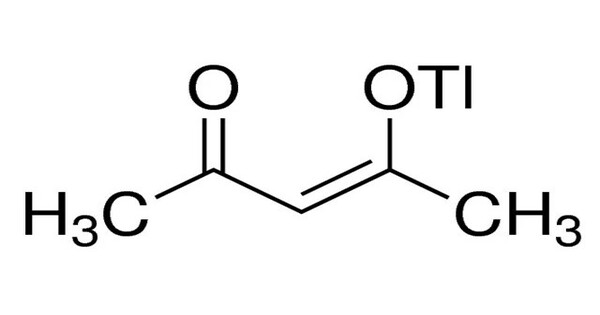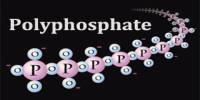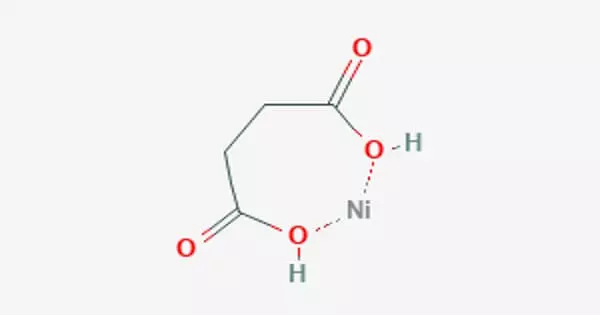Thulium acetylacetonate is a coordination compound with the formula Tm(C5H7O2)3. It is a coordination compound of thulium, a rare earth element, with acetylacetone (also known as 2,4-pentanedione). This anhydrous acetylacetonate complex is often discussed but unlikely to exist per se. The 8-coordinated dihydrate Tm(C5H7O2)3(H2O)2 is a more plausible formula based on the behavior of other lanthanide acetylacetonates. The dihydrate has been characterized by X-ray crystallography.
Thulium compounds are important in laser technology, particularly in solid-state lasers. It is used in materials science and chemical research due to its unique electronic and magnetic properties.
Properties
It often appears as a bright-colored solid, usually green or yellow. It relatively stable under normal conditions; however, it can decompose when exposed to moisture or high temperatures. The molecular weight varies depending on the number of ligands attached, but thulium itself has an atomic weight of about 168.93 g/mol.
- Chemical formula: C15H21O6Tm
- Molar mass: 466.261 g·mol−1
- Appearance: powder, white powder (trihydrate)
- Solubility: Soluble in organic solvents such as acetone and ethanol, but generally insoluble in water.
Preparetion
Thulium acetylacetonate can be prepared by the reaction of thulium hydroxide and acetylacetone. Its monohydrate is not volatile. The acetonitrile solution of its dihydrate and the dichloromethane solution of 5-[(4-fluorobenzylidene)amino]-8-hydroxyquinoline (HL) react by heating to obtain the complex [Tm4(acac)6(L)6(μ3-OH)2].
Natural Sources
Thulium is a rare earth element primarily found in minerals like monazite and bastnasite, though it occurs in very small amounts.
Synthesis
Thulium acetylacetonate can be synthesized in the laboratory by reacting thulium salts (like thulium nitrate) with acetylacetone in a suitable solvent.
Applications
It is used in various applications, including as a precursor for the preparation of thulium oxide for lasers, as a dopant in materials science, and in catalysis.
- It can be used in materials science, particularly in the development of luminescent materials or phosphors.
- In organic synthesis, it may serve as a catalyst or a precursor for other thulium-containing compounds.
- Thulium compounds are also explored for use in lasers and in medical imaging.
















